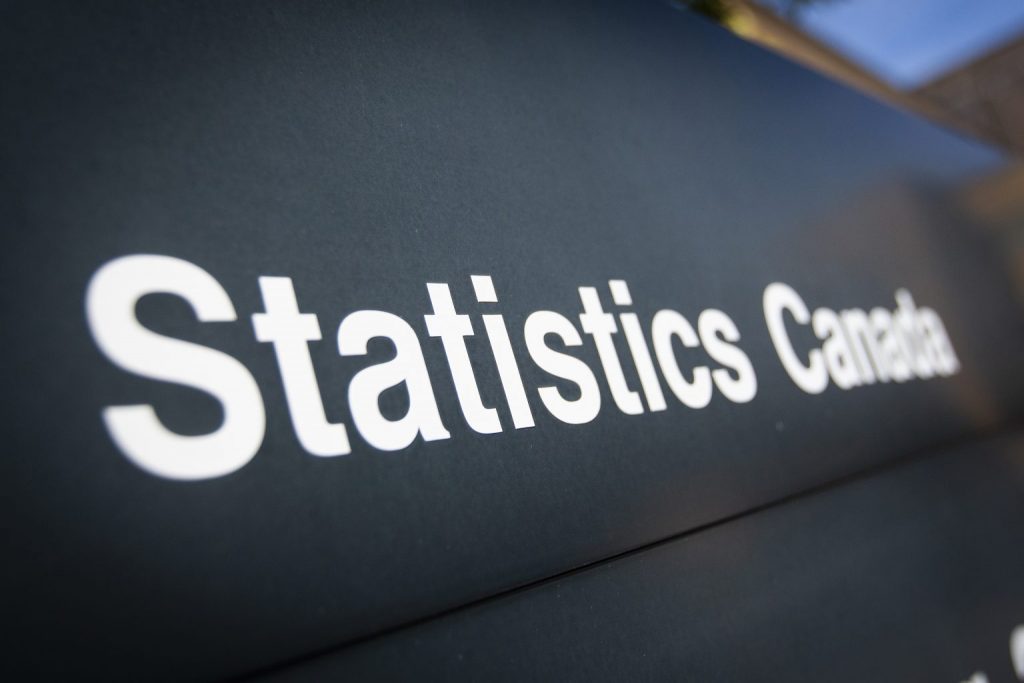Canadian economy continues to expand, GDP rose 1.1 per cent

Posted April 29, 2022 5:44 am.
Last Updated April 29, 2022 6:34 am.
Statistics Canada says real gross domestic product rose 1.1 per cent in February, the largest monthly increase in about a year.
The rebound in accommodation and food services is among the reasons for the boost, as COVID-19 restrictions were eased following the surge in the Omicron variant.
“Food services and drinking places jumped 17.6% in February, more than offsetting the declines in December 2021 and January 2022, as activity increased across the country and at all types of establishments,” Statistics Canada said in a release Friday.
Overall, the accommodation and food services sector soared 15.1 per cent in February, while the arts, entertainment and recreation sector added 8.4 per cent for the month.
Another sign of persistent inflation building in the U.S. economy and pressure on the Fed to hike rates. -Employment costs jumped the most on record in Q1…up 1.4%…and up 4.5% y/y.
-Civilian wages including gov’t workers jumped 4.7%
-Private sector wages rose 5%— Mike Eppel (@eppman) April 29, 2022
Also up, ridership on public transit as many returned to in-person work. Urban transit systems saw a 24 per cent increase in February, offsetting losses in January and December.
Air travel was also up, and early estimates suggest March may show a similar significant rise year-over-year as many Canadians travelled for Spring Break due to the federal COVID rules being loosened.
Related Articles:
-
Businesses brace for high inflation to stick around over next two years: BOC survey
-
Canada’s GDP grew 0.2% in January
-
Canada’s inflation skyrockets to levels not seen since 1991
Utilities declined, as well as personal and household goods wholesaling, which the agency says it reflects lower imports of pharmaceuticals.
“Offsetting some of the declines was a 1.7% increase in machinery, equipment and supplies wholesaling, buoyed up by large imports of industrial machinery, equipment and parts,” the agency said.
Early suggestions show the March number will be more like 0.5 per cent.








